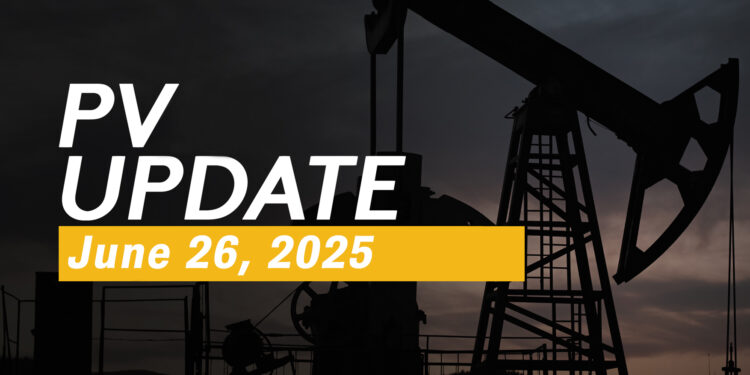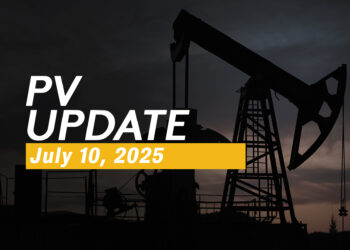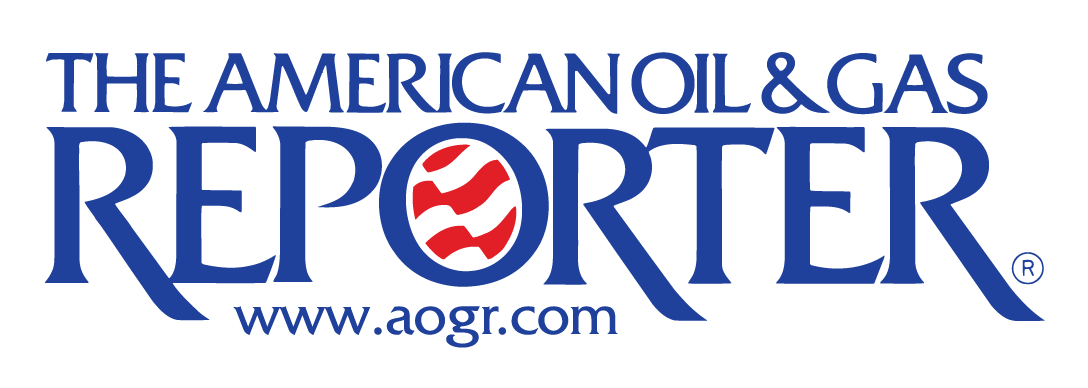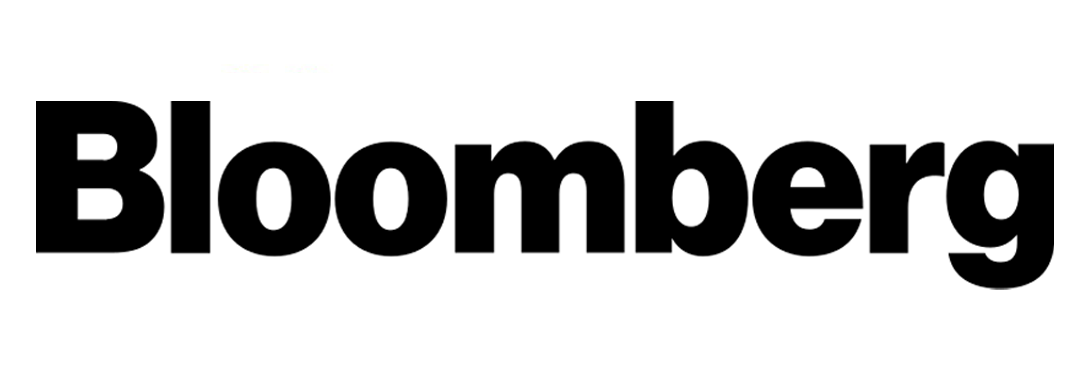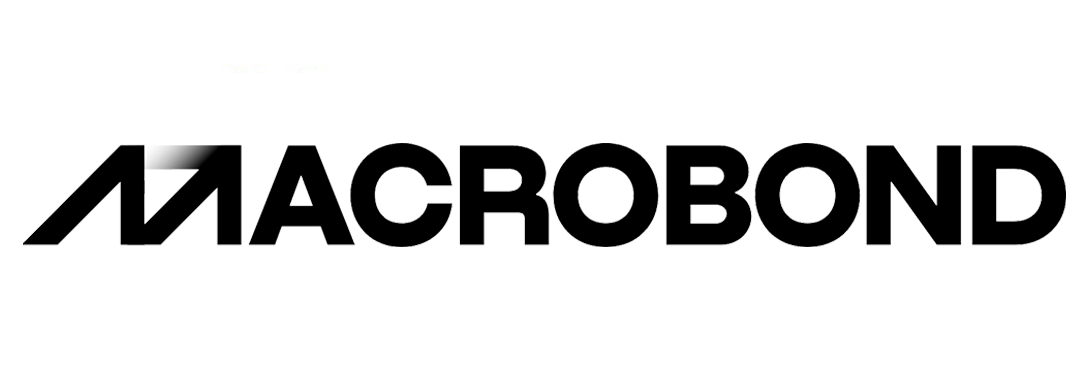The war is over and oil is in free fall. Brent is down to $67 and WTI is hovering around $64, shedding nearly 10% in just a few days. This collapse isn’t a reaction to peace; it’s a return to fundamentals. This is something we covered in our latest Monday Macro View*: Why didn’t oil prices rise? The IEA’s latest report reinforces the bearish turn. Global supply is rising faster than demand, inventories are building again, and refinery margins are starting to compress—especially for gasoline. U.S. shale isn’t responding to higher prices either. Primary Vision’s Frac Spread Count is stuck at 182, with Frac Job Count falling by 5 this week. Completion activity remains cautious. The data says it all: without a disruption in flows, prices don’t have a reason to rise.
That caution extends to the macro landscape. In this week’s Market Sentiment Tracker*, we’re seeing risk take a breather, but not disappear. Equities bounced on the Iran-Israel ceasefire, but capital flows tell a different story. U.S. retail data is fractured—core retail held up, but overall sales fell sharply. Housing starts dropped 10%. TIC flows turned negative, and CFTC positioning shows institutions pulling back. In Europe, Germany may be stabilizing, but French PMI weakness and falling consumer confidence remind us that the bloc’s strength is uneven. In China, retail is rising and exports are holding—but foreign direct investment is still leaking. This isn’t macro in freefall, but it’s certainly not firing on all cylinders. No one is betting big on growth.
And that brings us to our Key Takeaway this week. Nine Energy is a useful barometer* for how service firms are adapting. It gained share in cementing, saw better utilization in coiled tubing, and improved Q1 margins—but also flagged pricing pressure in wireline and warned of lower Q2 EBITDA. The company is optimistic about its Haynesville exposure, especially for its frac plugs and perforating guns, but it’s already navigating Permian softness and tariff exposure. The message? Efficiency matters, but exposure still bites. Even solid performers are bracing for a tougher second half.
And finally our Free Read this week talks about a very critical matter – China’s crude inventories and how it ties with Straits of Hormuz. The country has built up 1.18 billion barrels in crude reserves, giving it a 3–6 month buffer even if flows through Hormuz collapse. Teapots are running at low capacity, and recent Iranian crude deals have even been canceled. For all the noise, China’s positioning shows that today’s oil markets are less about panic, more about preparation. If you’re navigating this market and want data that tracks how pricing, policy, and pressure pumping interact in real time, Primary Vision’s dashboards bring it all together. From completions forecasts to HHP snapshots, we connect the dots—so you can act, not guess.
Learn more about a subscription here or email us directly: info@primaryvision.co
*Premium Subscribers
**Enterprise Subscribers

